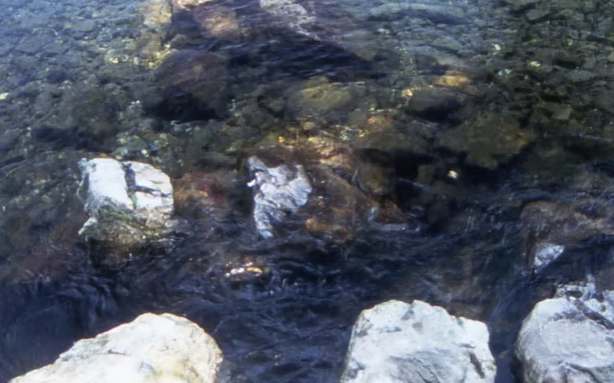The name of the river flowing over Bholaganj in Sylhet is Dhalai River. White stones come down this river in the stream of water from the mountains. A river is not just a special stream. A river is a huge carrier of stones in general. Numerous stones coming down from the mountains float down to the plains in the river’s current. The various stones in the river are basically eroded parts of various rocks in the earth’s crust.
The process of rock formation can be divided into three main parts. Igneous rocks are formed when the superheated molten magma or lava inside the earth cools and hardens. Granite and basalt are among the igneous rocks. Such rocks are widely seen in the upper part of the mountains. In addition, sedimentary rocks are seen. Such rocks are formed by the accumulation of different types of rocks, sand, mud and organic matter in layers. These rocks are often found at the bottom of rivers or at the bottom of ancient lakes. Sandstone and limestone are such rocks. We see metamorphic rocks in nature. Igneous or sedimentary rocks change under the influence of high temperature and pressure and become metamorphic rocks. Marble and slate are such rocks.
Limestone is deposited in Bholaganj, Sylhet. This sedimentary rock is mainly calcium carbonate. The huge rocks on the mountaintops are gradually eroded due to weather changes, temperature, wind and rain. These eroded parts break into small pieces and roll down the mountain slopes. These stones are connected to the river current through melting snow or rainfall. The river current drags them down depending on the size and weight of the stones. Large and heavy stones cannot travel very far due to the lack of current. They are usually deposited on the surface of the river or on the banks.
During the long journey of the river, the rocks constantly rub against each other and against the riverbed. As a result of this rubbing, the edges of the rocks become smooth and their size becomes smaller. This is why the shape of the rocks in mountain rivers is often smooth and rounded. When the river’s current weakens, it can no longer carry rocks or silt. In the flat areas of the river, due to the weak current, more rocks accumulate on the bottom.
Geologists study river rocks to learn a lot of information. The structure, size, and type of the rocks can tell us where the river originates, what the current is like, and how old the river is. Fossils in the rocks can also tell us about the changes in the river’s course and the history of the landscape millions of years ago.
Source: Prothom Alo




